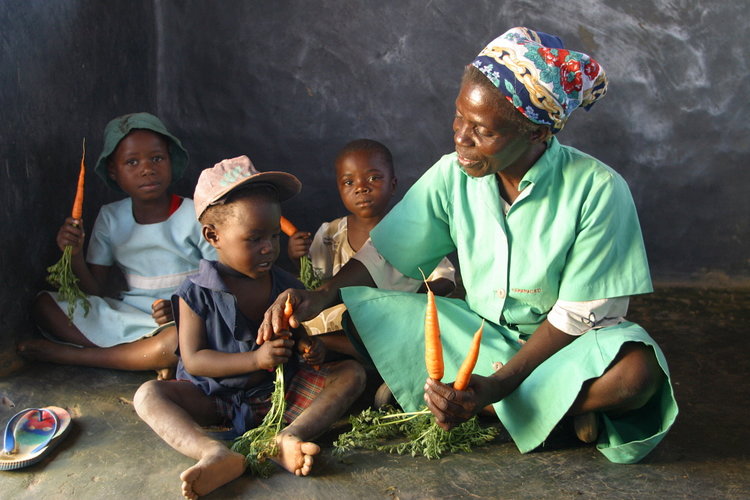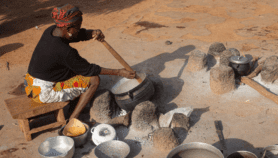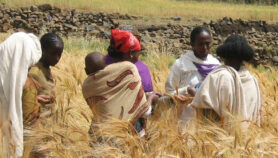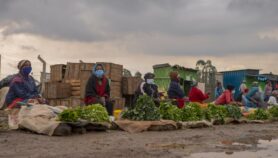By: Andrea Rinaldi
Send to a friend
The details you provide on this page will not be used to send unsolicited email, and will not be sold to a 3rd party. See privacy policy.
When I was a child, my mother used to tell me over and over: “Eat a carrot, it’s good for your sight.”
She was right. Carrots are an important source of vitamin A, which builds up the retina pigment necessary for vision and supports a healthy immune system.
My mother’s warning hovered in my mind during the second International Conference on Hidden Hunger, which took place in Stuttgart, Germany, from 3 to 6 March. Under scrutiny here is not starvation, but the quality of nutrition. A chronic lack of vitamins, zinc, iodine or iron often has no visible signs but can have a devastating impact on body development. More than two billion people are affected worldwide, mostly, but not exclusively, in developing countries. Overall, hidden hunger accounts for ten per cent of the global health burden.
The problem is complex and varies from country to country. So what can be done? Going back to the roots, literally, and making use of local and traditional knowledge can work wonders, the conference heard.
Katja Kehlenbeck, from the World Agroforestry Centre in Nairobi, Kenya, told the conference about a project at her centre, which aims to encourage farmers to grow more indigenous trees. With just eight tree species on each farm, fruits would be available for home consumption all year round, fully covering micronutrient requirements, Kehlenbeck said.
But traditional knowledge and confidence in local resources has often been corrupted, as imported food crops grown for the international market fetch more money. “I think in the past people valued their natural resources much more, because they would depend much more on that,” Kehlenbeck said. “This got lost due to westernisation.”
The conference, organised by the University of Hohenheim, heard that more effort should be made to promote the consumption of indigenous, nutrient-rich plants in poor countries. This could be done by addressing people’s pride in their local heritage and running information campaigns to highlight the health value of a diversified diet, Kehlenbeck said. As my mother’s advice demonstrated, local knowledge, once created, runs deep and has a high impact on people’s food intake.
Economic issues also play a role. Favouring the export of local crops and getting people in urban areas to eat more fruits would increase demand, adding market value to neglected agricultural products. This would encourage farmers to grow these crops, creating economic benefits for themselves and a more varied array of foods available in rural areas, the conference heard.
During a coffee break I met Olaniyi Odusina, from Tai Solarin University of Education in Ogun, Nigeria. Odusina presented a poster on the consumption of highly nutritious insects and wild plants in southwestern Nigeria, showing that traditional knowledge on local natural resources is present in many places in Africa and must be preserved.
“The use of these foods is still common practice among those who are traditionally oriented,” said Odusina. “I believe it is possible to combine the old way with the new one, advising people on the advantages of traditional food heritage while letting them benefit from the positive aspects of [Western food].”














